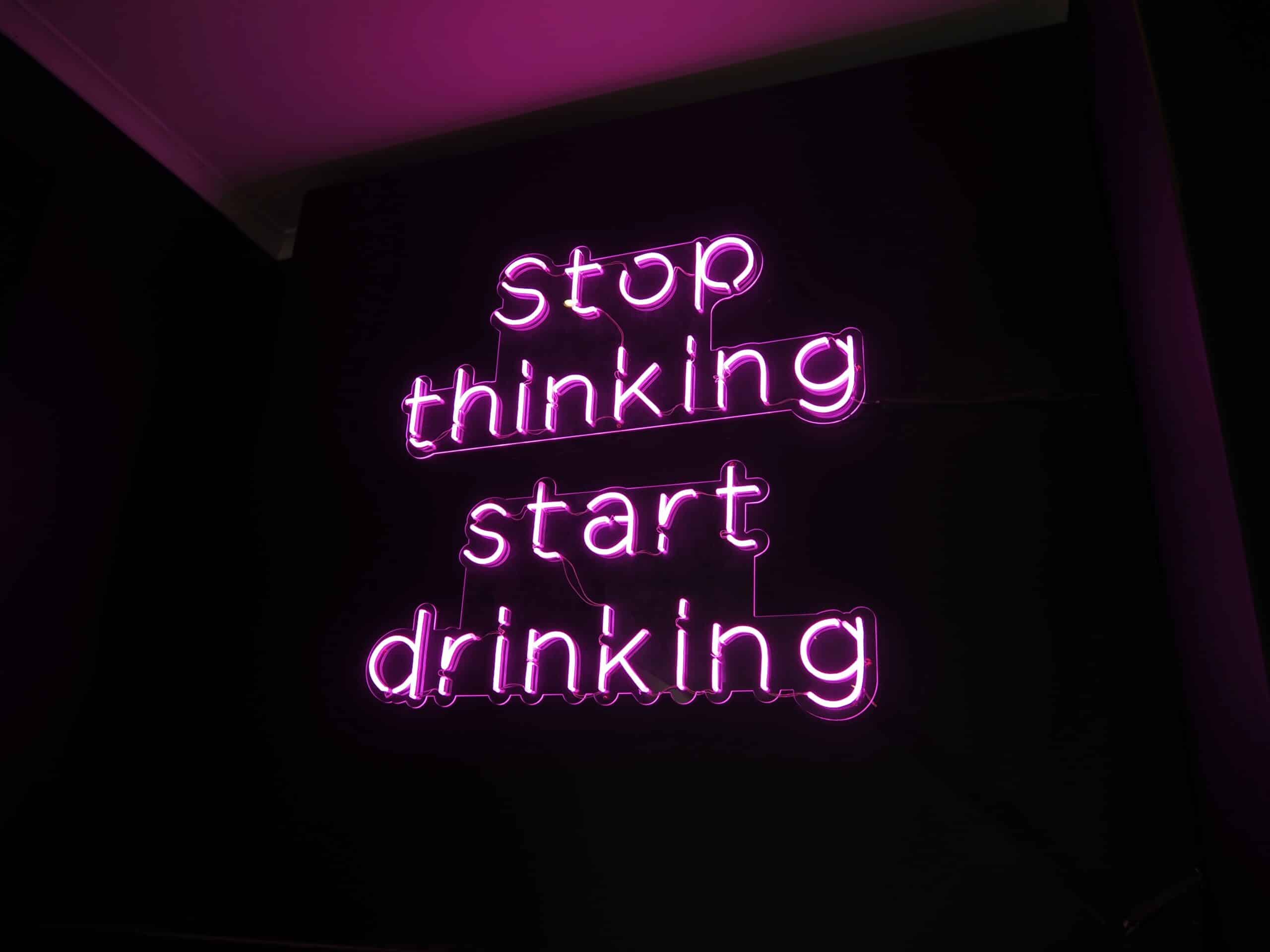
Date
Try this: sit down across from the person you love most, and don’t say a word. Just stare. Into their eyes. For four full minutes. It sounds like a mindfulness gimmick, until your stomach tightens and you realize how long four minutes really is when you’re not putting on a version of yourself for anyone. Not even them.
You will, in all likelihood, want to escape. Your mind will search for an emergency exit. A joke to break the tension. A notification to tap. A ceiling stain to analyse. Anything but this awkward, unstructured presence.
And then, often right around minute two, something shifts.
The nervous system starts to settle. The performance drops. A kind of mutual recognition creeps in. Not necessarily a romantic revelation. More like, Oh. There you are.
This moment, humble and wordless, has weight. Research shows that even short periods of sustained eye contact can cause breath to slow, pupil diameter to mirror, and oxytocin to rise. That’s the neurochemical linked to bonding, trust, and emotional closeness. Sometimes there are tears, not from sadness, but from the sudden intensity of being seen.
Arthur Aron‘s work with strangers, paired with his 36-question intimacy study, ended with four minutes of uninterrupted eye contact. Participants consistently reported feeling closer, more open. In some cases, people fell in love. In others, they simply remembered what presence feels like.
And yet today, the more likely posture is not across from one another, but angled slightly apart, faces lit by separate screens.
Psychologists now use a term for it: phubbing. Phone snubbing. The moment you reach for your device while your partner is mid-sentence. It may seem small, but research published in Computers in Human Behavior links phubbing to lower relationship satisfaction, higher conflict, and reduced empathy.
We’ve traded thousands of years of wordless connection for the flicker of a touchscreen. Replaced the ancient ritual of eye contact with the algorithmic trance of infinite scroll. “I’m listening” now means “I’m half here, half in five other tabs.”
And we wonder why we feel distant.
This isn’t a plea to throw your phone into a river. But it is an invitation to notice what it costs to never really look.
Oxytocin is not magic. But it might as well be. It doesn’t ask for trust. It builds it under the radar. Sometimes called the bonding hormone, it’s released during moments of physical closeness, like touch, sex, childbirth, and yes, even prolonged eye contact. It lowers cortisol, the stress hormone. It increases feelings of safety, trust, and emotional availability. It’s what makes us feel like we’re not just sharing a moment, but inhabiting the same emotional space. When it flows, people don’t just feel calmer—they feel closer. Less guarded. More able to stay instead of flinch.
So no, four minutes won’t fix the unresolved argument. It won’t rewrite years of built-up habits. But it might interrupt them.
It might say, “I’m here,” in the one language most of us forgot to speak.
You don’t need the right lighting, the perfect mood, or a script. You just need four minutes of courage to stay.
Try it.
The next time you’re stuck in the same loop. The same old bickering, the same scrolling silence, turn toward each other.
And look.
Don’t explain. Don’t solve.
Just see.
And if you need something to look at after that, yes, stargazing is still optional.
But it helps. Especially if you’re doing it from a quiet corner of the Cederberg, where the stars stay out longer and the signal drops out completely. That’s where we host the couples retreat. Not for fixing. Just for looking again.


